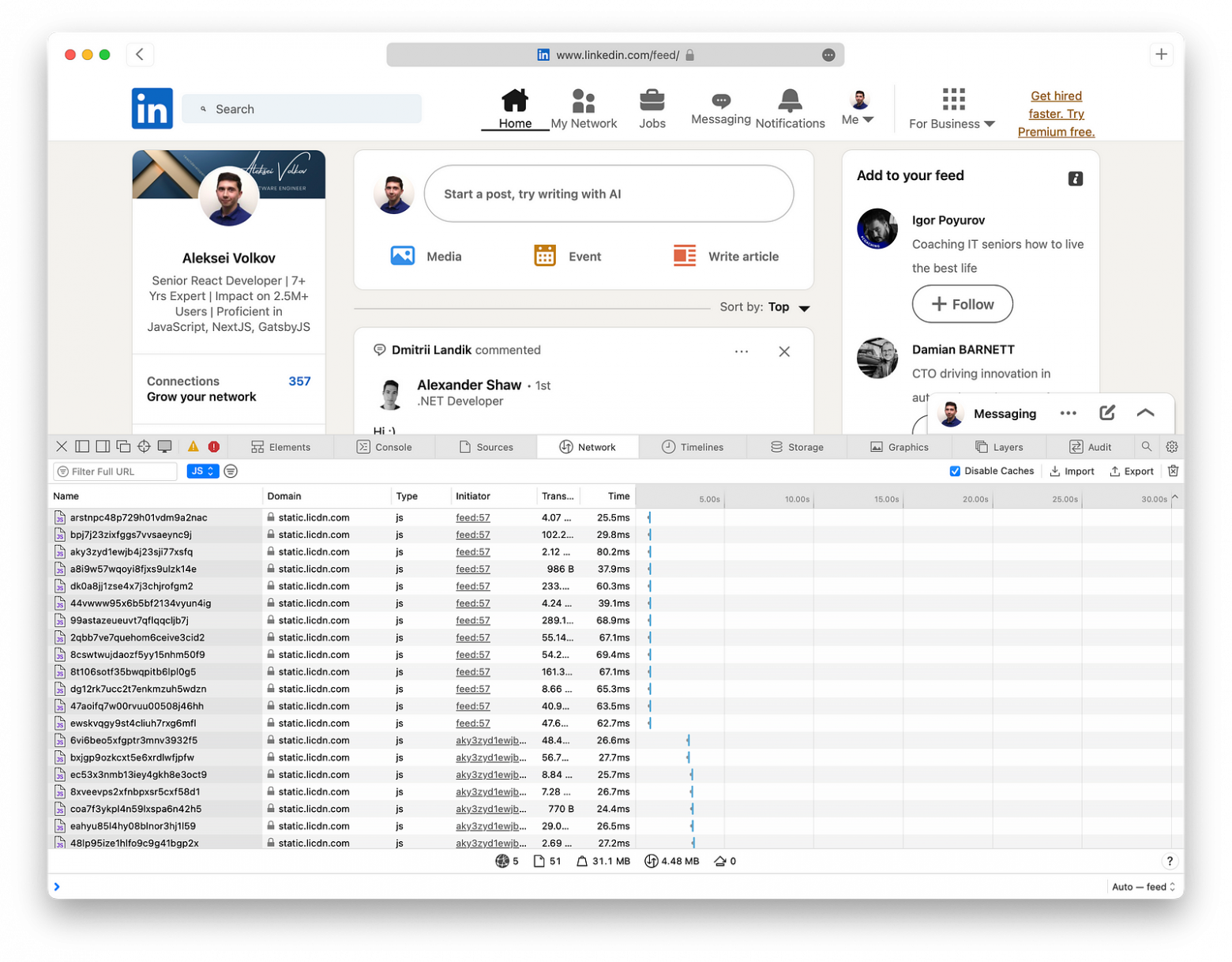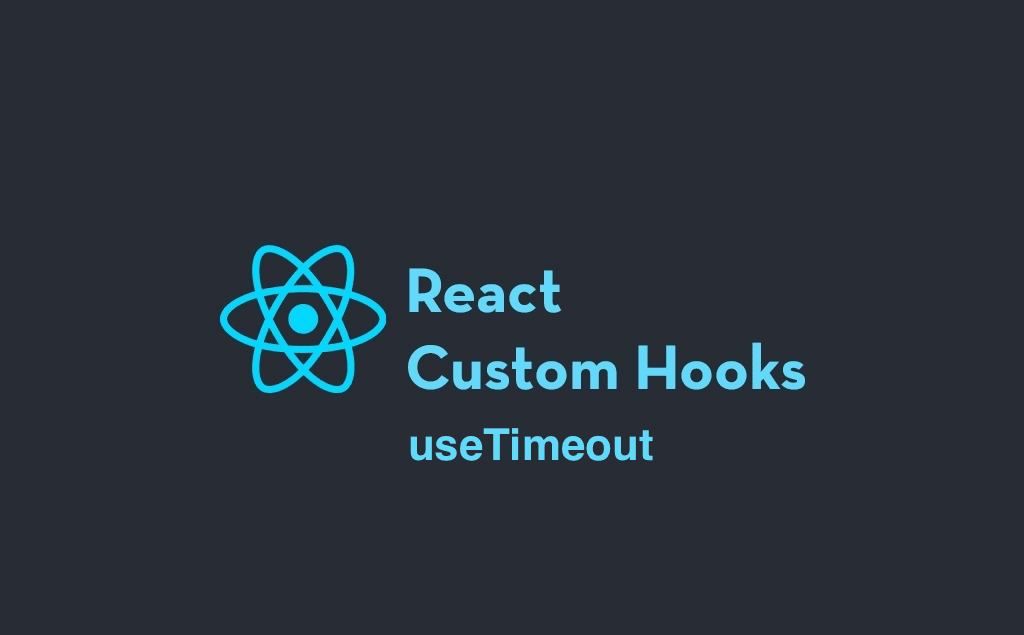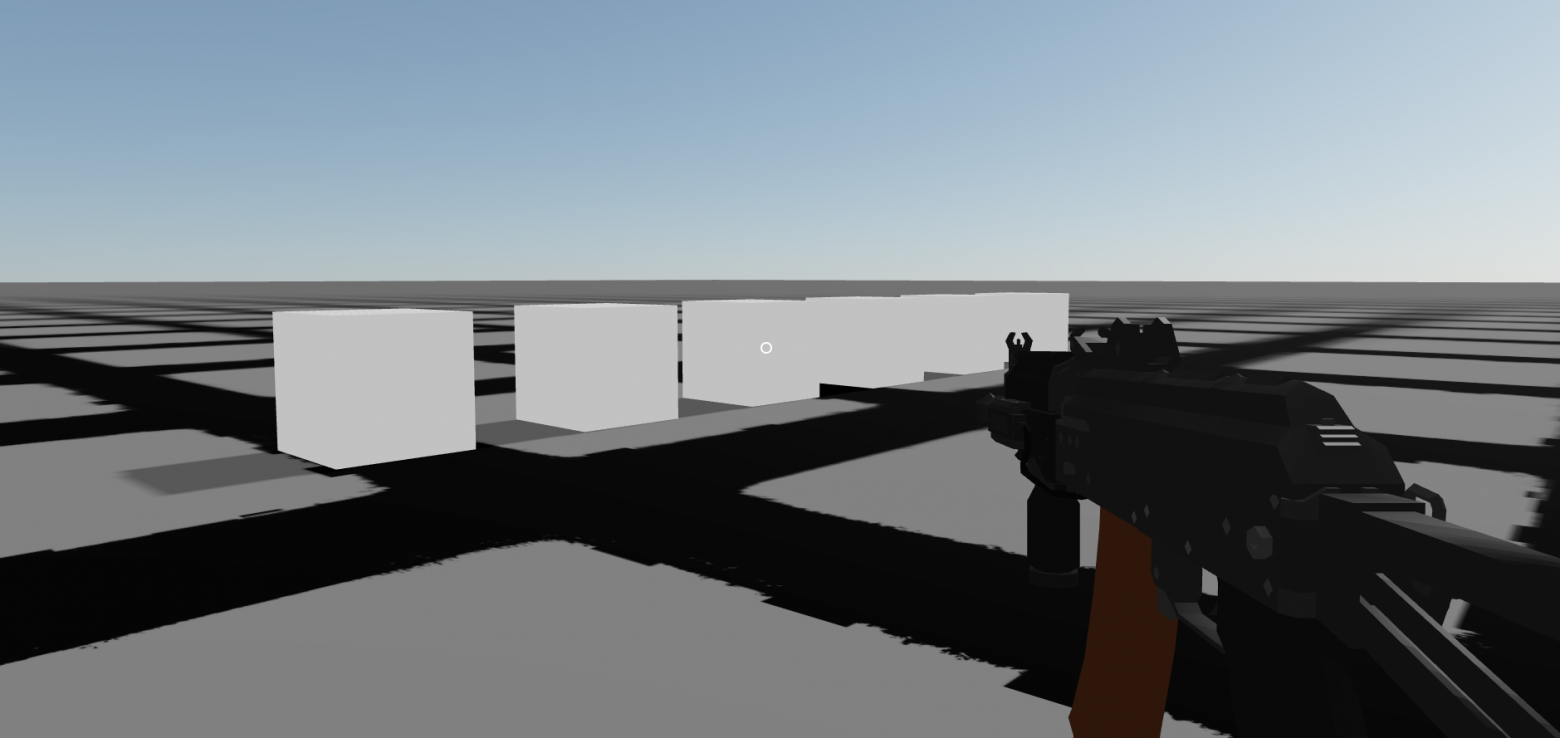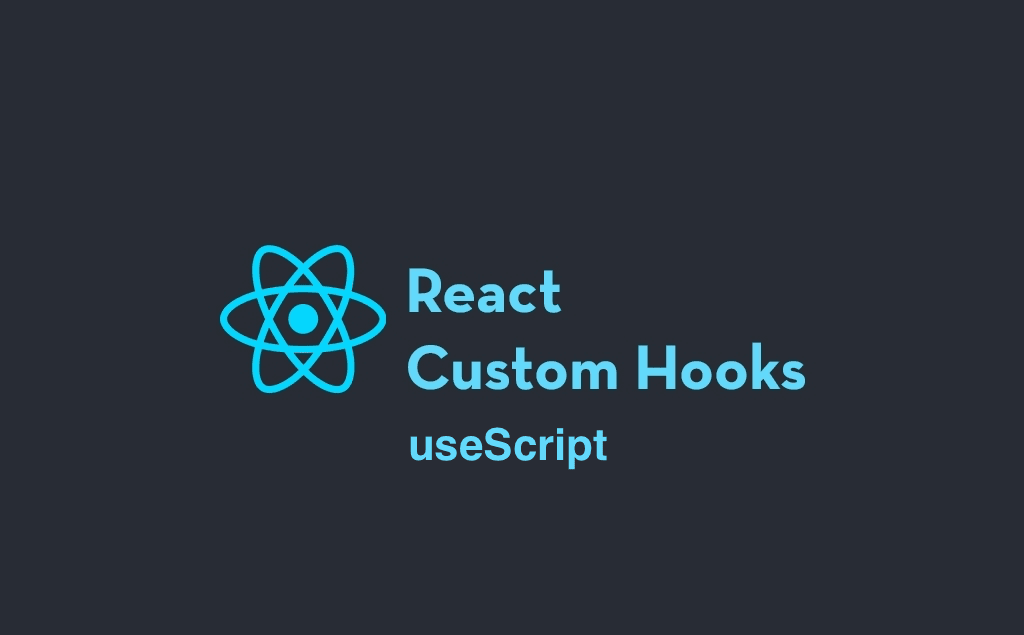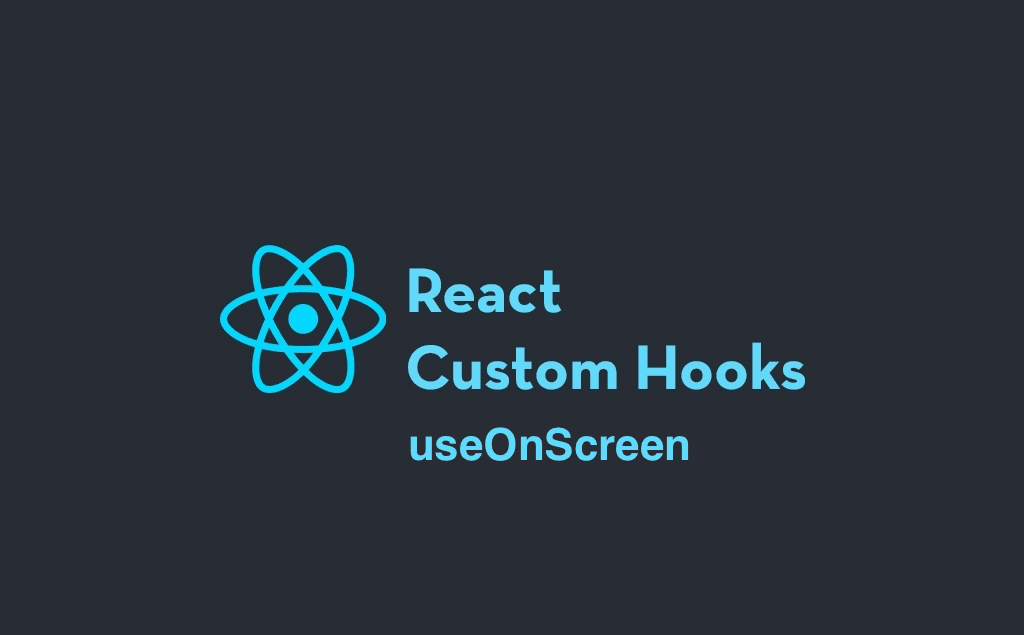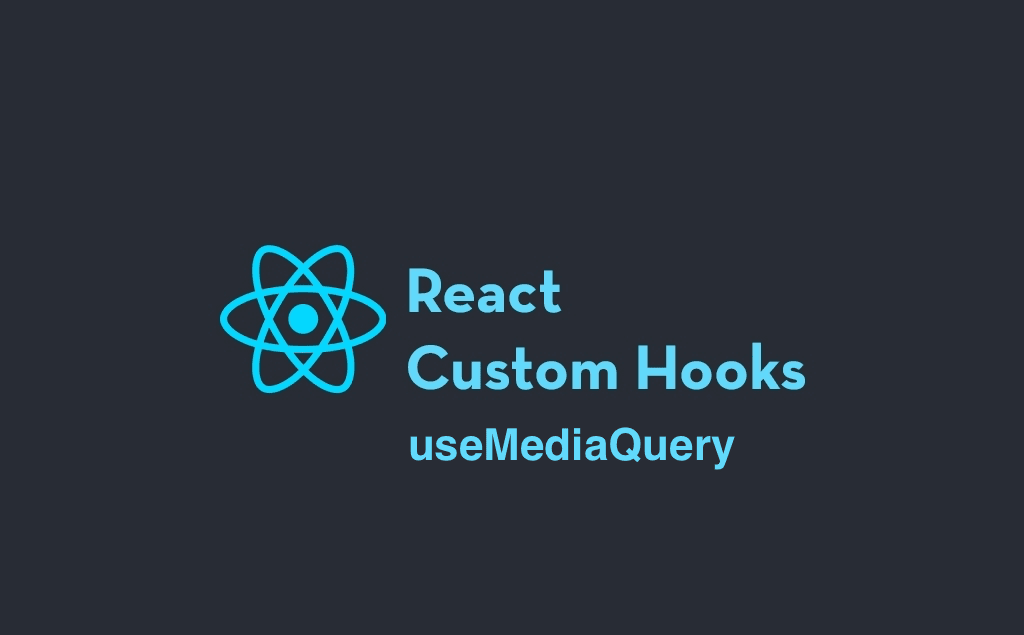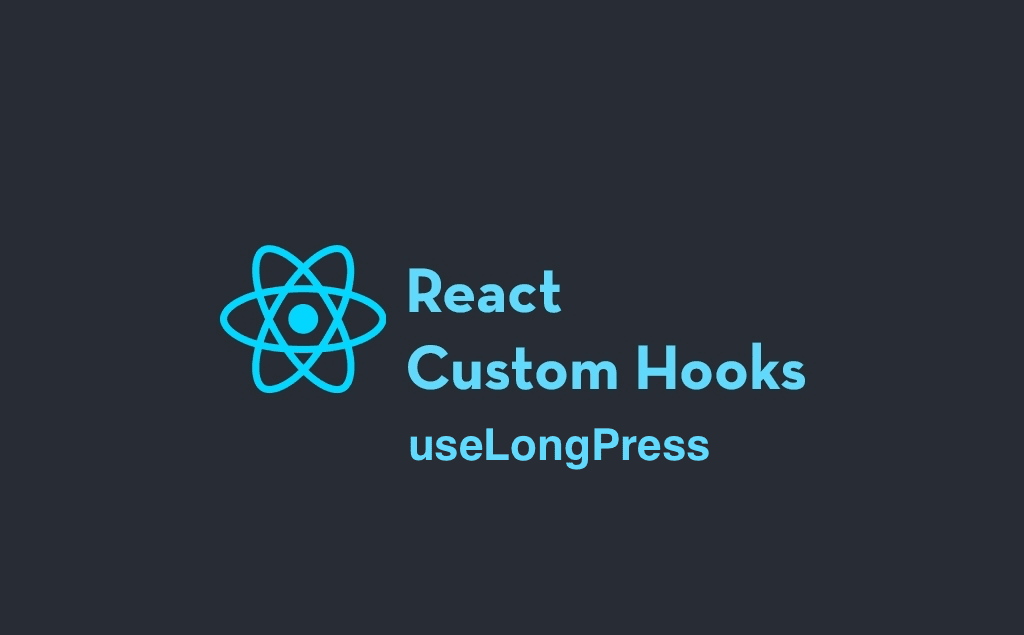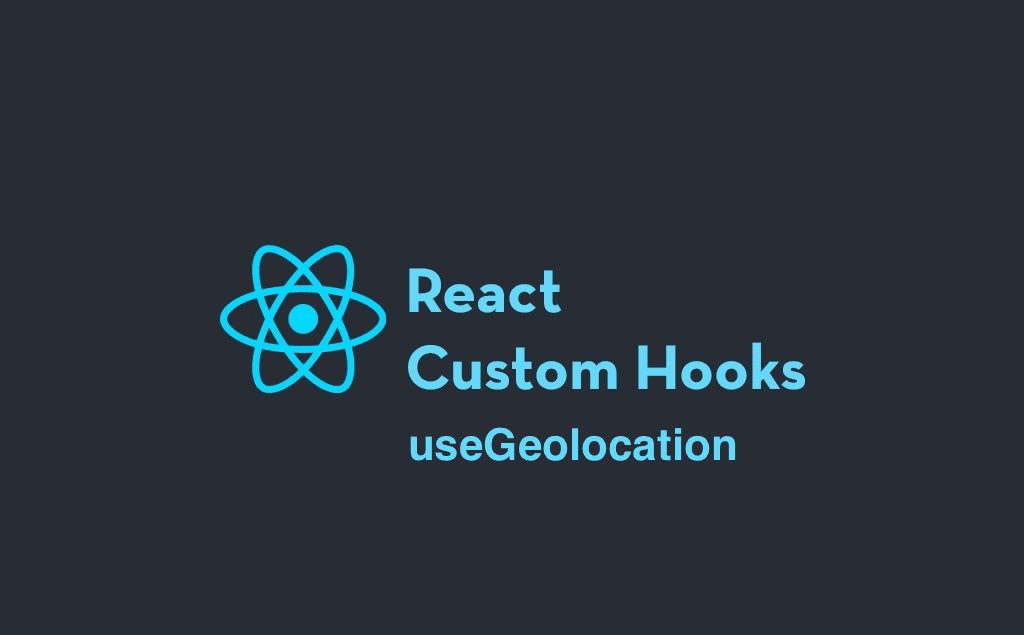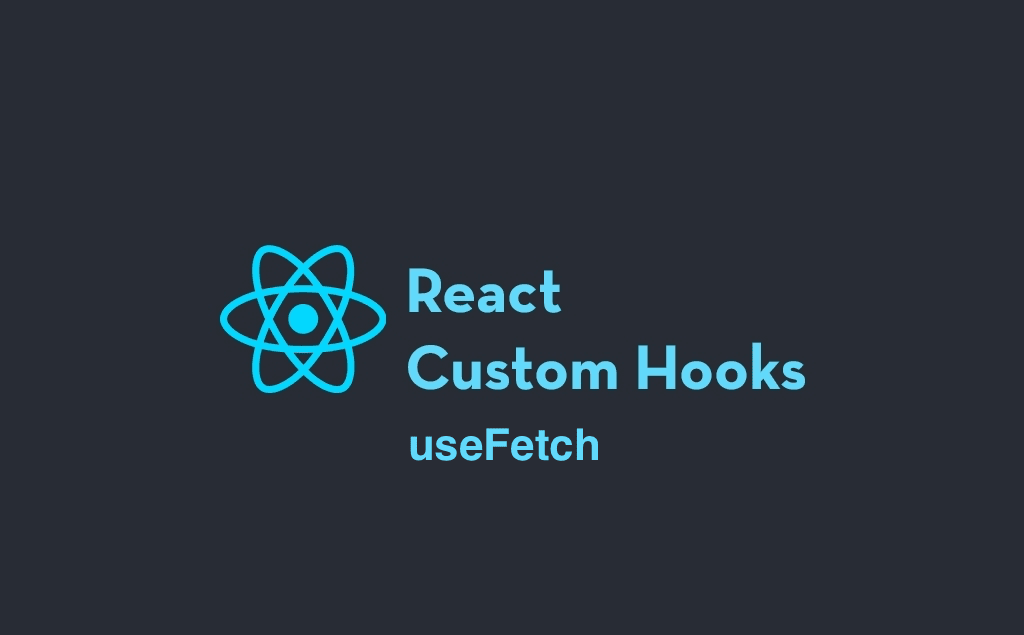
The new code as the side effect
If we use the reducer function for form data handling It has an infinite list of returned values, which expands when the next development iteration updates the interface defining the form and implements a new field. So the reducer pattern is procedure code, not a functional

